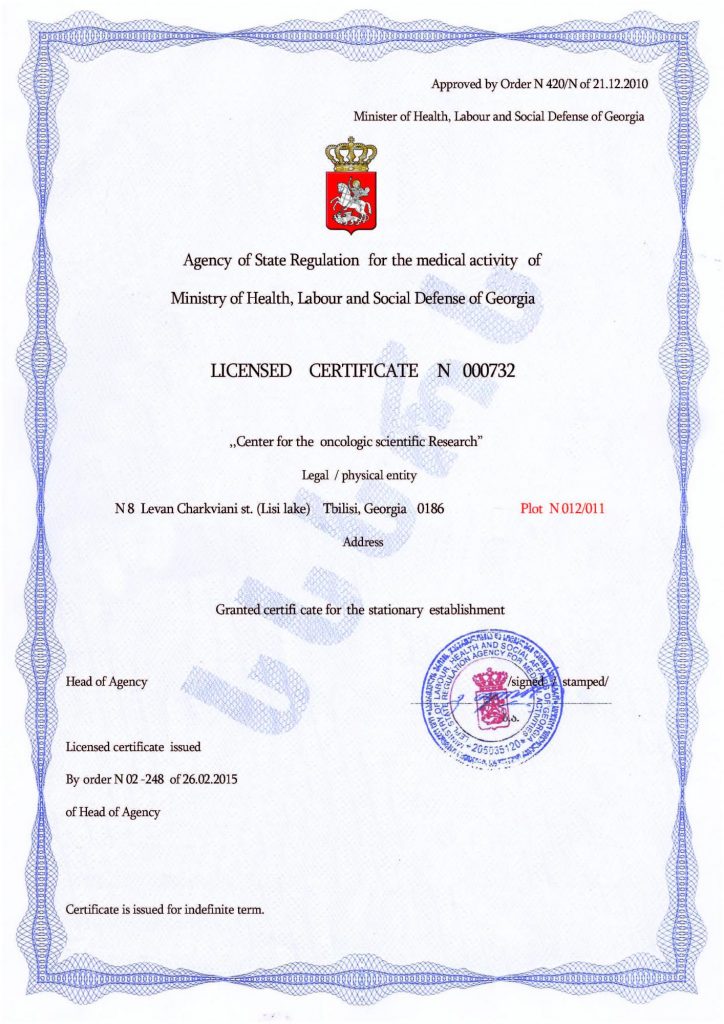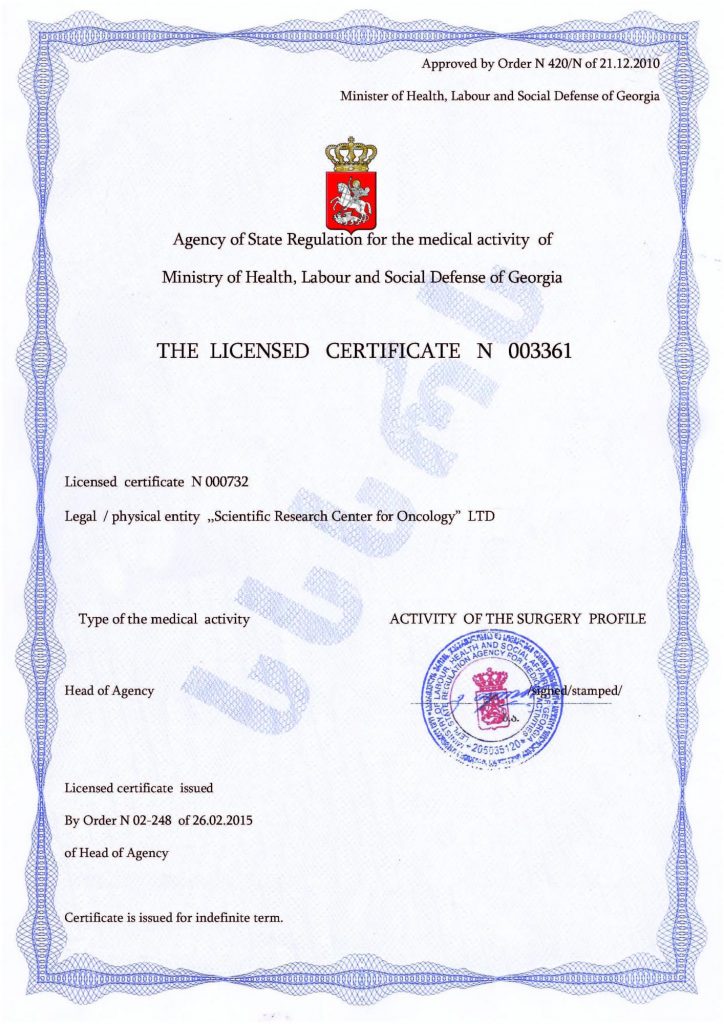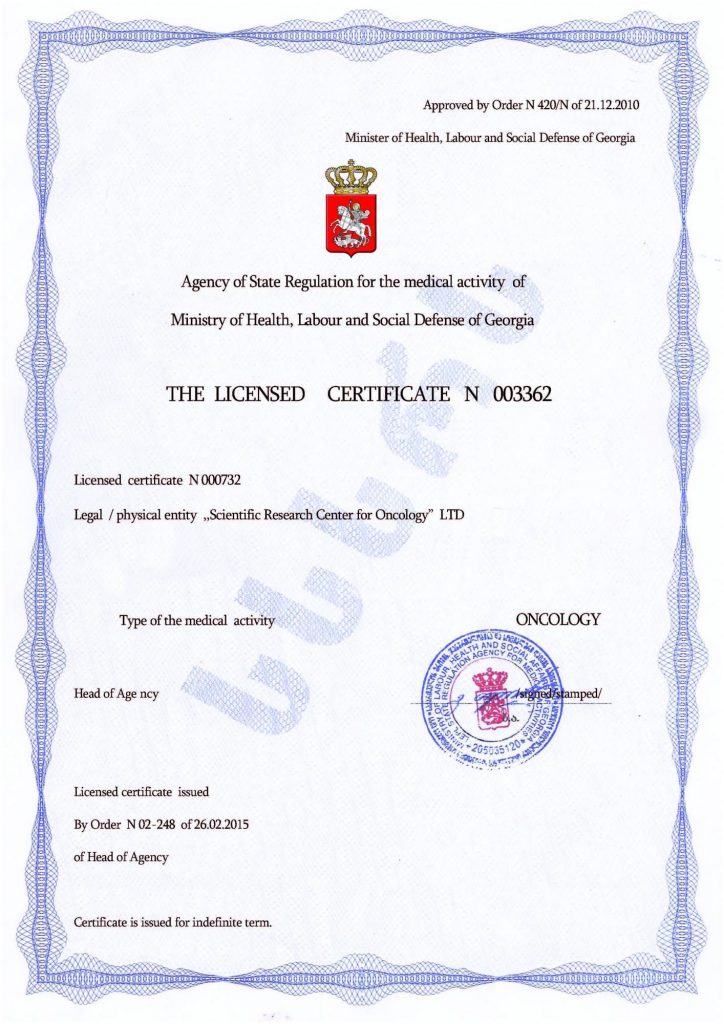Autism Diet Plan
There is probably no child who always willingly eats everything they are given. Even the most obedient children can be picky at times. Selective eating is especially common in children with autism, as their aversion to certain dishes or products may not only be related to taste but also to color, appearance, or texture. For example, a child may enjoy soft-boiled eggs but strongly refuse to eat an omelet. Temperature can also be decisive: a child may reject even a favorite dish if it is too hot or too cold.
Thus, maintaining a diet and preparing food for a child with autism becomes a very challenging task. Consulting a dietitian and developing a nutrition plan can partially help. Such a plan should not cause stress for the child but must still provide all the essential vitamins and nutrients. Dietary preferences can be dangerous because they may result in a deficiency or, conversely, an excess of certain substances. The gastrointestinal tract suffers first, and any problems in this area can become an additional source of anxiety and stress.
Principles of Meal Planning
When creating a diet for a child with autism, it is essential to follow two principles: the nutrition must be complete and balanced. It is also important to take into account the child’s medical history, symptoms, and test results showing the concentration of various substances in the body. This data helps form an individualized program with several goals.
- Improving Digestion
Children are often prescribed long courses of antibiotics for gastrointestinal or respiratory infections before being diagnosed with autism. Antibiotics can disrupt digestion, and proper diet and probiotics help restore it.
- Increasing Omega-3 Fat Intake
Children with autism often lack enzymes that protect the brain’s membranes from losing essential fatty acids. Omega-3 supplements are prescribed to compensate for this loss. They help improve behavior, mood, sleep, and concentration.
- Eliminating Gluten and Casein
Children with autism often react differently to the peptides and proteins found in gluten and casein. A diet free of these substances may reduce autism symptoms and help develop social and cognitive skills.
Gluten is found in:
• Wheat
• Rye
• Barley
• Couscous
• Graham flour
• Semolina
Casein is found in:
• Milk
• Yogurt
• Kefir
• Cheese
Not all autistic children react negatively to gluten and casein, and not all benefit from eliminating them. Parents should keep a food journal of their child’s preferences to help a dietitian identify food sensitivities.
What the Dietitian Will Do
- Ensure the autism diet plan includes all necessary nutrients
• Provide suggestions for new recipes the child may enjoy
• Give information about dietary supplements
• Recommend ways to reduce mealtime stress
Example of a Nutritious Meal
Banana and avocado smoothie:
• Frozen peeled banana
• Half an avocado
• 1–2 tablespoons of coconut oil
• 1 cup of water
Blend the ingredients, pour into a glass, and garnish with strawberries or other fruits the child likes. This visually and flavorfully unusual treat might appeal to the child.
Cooking Together
Joint cooking activities can be very helpful, including for social development. Cooking together helps build a strong bond and enjoyable memories. If a child learns to cook, they may become more open to trying foods they previously refused.
English-speaking parents can read The ADHD and Autism Nutritional Supplement Handbook: The Cutting-Edge Biomedical Approach to Treating the Underlying Deficiencies and Symptoms of ADHD and Autism by pediatrician Pamela Compart and nutritionist Dana Godbout Laake. It provides accessible information on how to safely use supplements and adjust the diet to ease autism symptoms.
Diet Limitations and Cell Therapy
Good nutrition benefits everyone, but it cannot eliminate autism symptoms on its own. Medical intervention is necessary. Currently, the most effective method is cell therapy, which targets the root cause of the disorder rather than just the consequences.
The essence of the method is stem cell transplantation. These basic body elements can transform into any other cell type. They replace damaged cells with healthy ones, allowing the brain to receive and interpret information correctly. As the nervous system stabilizes, behavior improves and autism symptoms become less pronounced or disappear.
The procedure delivers rapid and long-lasting results, often permanent, enhancing the effectiveness of other supportive interventions.
Cell therapy has received high praise from the scientific and medical community and is practiced in leading clinics worldwide, including the Mardaleishvili Medical Center. The center has extensive successful experience with stem cell transplantation. Highly qualified specialists use state-of-the-art equipment, achieving the best therapeutic outcomes. The quality of service meets the highest international standards and is more affordable than in other developed countries thanks to state price regulation.
The center also has a dedicated department that assists with travel planning and practical matters, including accommodation.
Fill out the feedback form — start the journey to a life without autism!
Autism Treatment Center Videos
Autism treatment with own stem cells
Cord blood association congress
International Quality Crown
Autism Treatment Reviews
Autism treatment with own stem cells
The story of Alessandro (6 years old)
Autism Patient Testimonial - Stem Cell Treatment
Clients Testimonials

Anna – Sasha’s mother Read More

Amirkhon’s father — Tokhir Read More

Dilana’s mother Read More

Irina and Stefan – Ilya’s parents Read More

Kristina – mother of Nelly and Nik Read More












